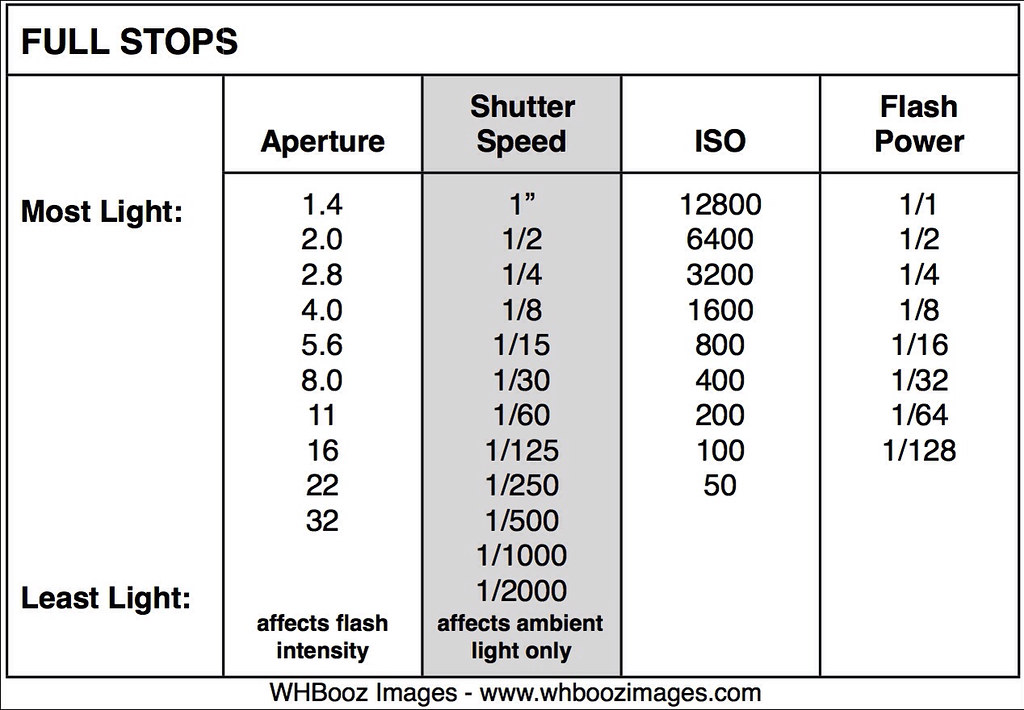
#F STOP LIST CODE#
If list1 is and list2 is, this code creates list3 as. You can concatenate lists that have compatible types by using the operator, as in the following code. If list1 is, the following code creates list2 as. You can attach elements to a list by using the :: (cons) operator. For example, the following code creates a list of squares of integers from 1 to 10. See Sequence Expressions for more information. You can also use a sequence expression to create a list. let list1 = Īn empty list is specified by a pair of square brackets with nothing in between them. You can also define list elements by using a range indicated by integers separated by the range operator (. Thus the following is acceptable, because both Button and CheckBox derive from Control. An exception is that a list in which the elements are specified to be a base type can have elements that are derived types. Normally, all list elements must be the same type. The latter syntax can result in more readable code when the element initialization expressions are longer, or when you want to include a comment for each element.

You can also put line breaks between elements, in which case the semicolons are optional. You can define a list by explicitly listing out the elements, separated by semicolons and enclosed in square brackets, as shown in the following line of code. To perform basic operations on lists, use the functions in the List module.
#F STOP LIST SERIES#
You want to photograph a basketball game, and need to stop fast action.A list in F# is an ordered, immutable series of elements of the same type. Focus may be a problem, so you need to set your camera for maximum depth of field. You want to photograph people on the street, and know that you have to work quickly. You wish to lower your shutter speed to 30, to add a swirl of colored movement in a Zumba class. Your light meter indicates a shutter speed of 250, f/stop 8.
#F STOP LIST ISO#
Choosing the ISO number you indicated above, what will be your new shutter speed at f/4?


The ISO speed you would choose to obtain that:_.ĩ. You need to gain faster ISO speed, at least three stops. You know this is too slow a shutter speed for sharp pictures ot a volleyball game. You know this means the widest the aperture can open is f/4. You have a variable focal length (zoom) lens marked 1:4. You wish to change your shutter speed to 500. You wish to change your shutter speed to 250. You wish to change your shutter speed to 60. Your shutter speed will be_?Ģ, Indicated f/stop: 5.6. To obtain a shutter speed of 1000, you must set your ISO number at_? Answer: 800, equivalent of one stop more light (more sensitive).ġ. To achieve this, you must change your ISO number.

(Two stops less light, to compensate for two stops more light based on change in f/stop.)īut you also want a still faster shutter speed than 500. To compensate, your shutter speed will be_? Answer: 500. You want a more shallow depth of field, so change your f/stop to 5.6. Assuming you wish to maintain the same amount of light striking the film for proper exposure, calculate the comparable numbers for each alternative. Your light meter shows you a combination of f/stop and shutter speed as indicated. Many digital cameras can set half shutter speeds. So if you want to change f/stops, shutter speeds or ISO numbers while maintaining the same exposure, you need to also adjust the other variables. ISO numbers too are measured in comparably: 100 is half as sensitive to light as 200 400 is twice as sensitive as 200, etc. That is, changing your f/stop from, say, 4 to 5.6 (one stop) is the same as changing your shutter speed from 125 to 250. Keep in mind that f/stops, shutter speeds and film/digital sensor speeds are nearly always related by precisely half or double. COMM 242, Advanced News Photography (Photojournalism)


 0 kommentar(er)
0 kommentar(er)
